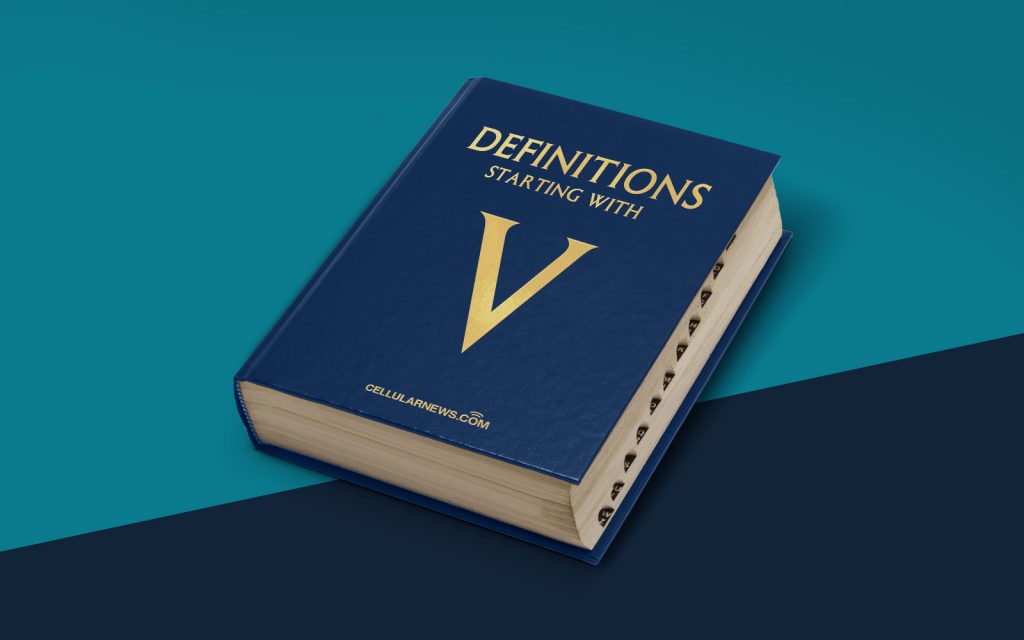
What is a Variational Autoencoder (VAE)?
Welcome to the DEFINITIONS category of our blog! In this series, we aim to provide clear and comprehensive explanations of various terms and concepts related to different fields, allowing you to gain a deeper understanding of their meanings and applications. In this article, we will delve into the fascinating world of Variational Autoencoders (VAEs) – an intriguing type of artificial intelligence model.
Key Takeaways:
- A Variational Autoencoder (VAE) is a type of neural network used for unsupervised learning and generative modeling.
- VAEs are capable of learning complex probability distributions and generating new data points similar to the ones they were trained on.
Now, let’s dive into a more detailed exploration of what a Variational Autoencoder really is.
A Variational Autoencoder (VAE) is a type of neural network that falls under the family of unsupervised learning algorithms. This means that it does not rely on explicit labels or categories to learn patterns or make predictions. Rather, it focuses on capturing the underlying structure and characteristics of the input data.
VAEs are often used for generative modeling, which involves creating new data points that resemble the ones the model was trained on. Unlike traditional autoencoders that focus solely on reconstructing input data, VAEs go a step further by learning a probabilistic distribution of the data. This distribution then allows the VAE to generate new data points that resemble the original dataset.
So, how do Variational Autoencoders accomplish this?
VAEs consist of two main components: an encoder and a decoder. The encoder takes an input data point and maps it to a compressed representation called a latent space. This latent space is a lower-dimensional representation of the original data and captures the essential features or attributes.
The decoder then takes a point from the latent space and reconstructs it into a new data point. By constraining the latent space to follow a specific probability distribution, often a multivariate Gaussian distribution, VAEs ensure that the generated data points adhere to meaningful structures and patterns.
While VAEs are primarily used for generating new data, they also have practical applications in various fields. For instance, in image processing, VAEs can be used to generate realistic images, denoise noisy images, or even fill in missing parts of an image.
In summary, Variational Autoencoders (VAEs) are powerful neural network models capable of learning complex probability distributions and generating new data points resembling the ones they were trained on. By understanding the underlying structures within data, VAEs allow us to explore generative modeling in an unsupervised manner.
Key Takeaways:
- VAEs are efficient in generating new data points by learning and utilizing the probabilistic distribution of the original dataset.
- They have diverse applications in image processing, where they help generate realistic images, denoise noisy images, and even complete missing parts of images.
We hope that this article has shed some light on the concept of Variational Autoencoders (VAEs) and its significance in the world of artificial intelligence. Stay tuned for more informative posts in the DEFINITIONS category, where we unravel complex terms and make them accessible to all!
